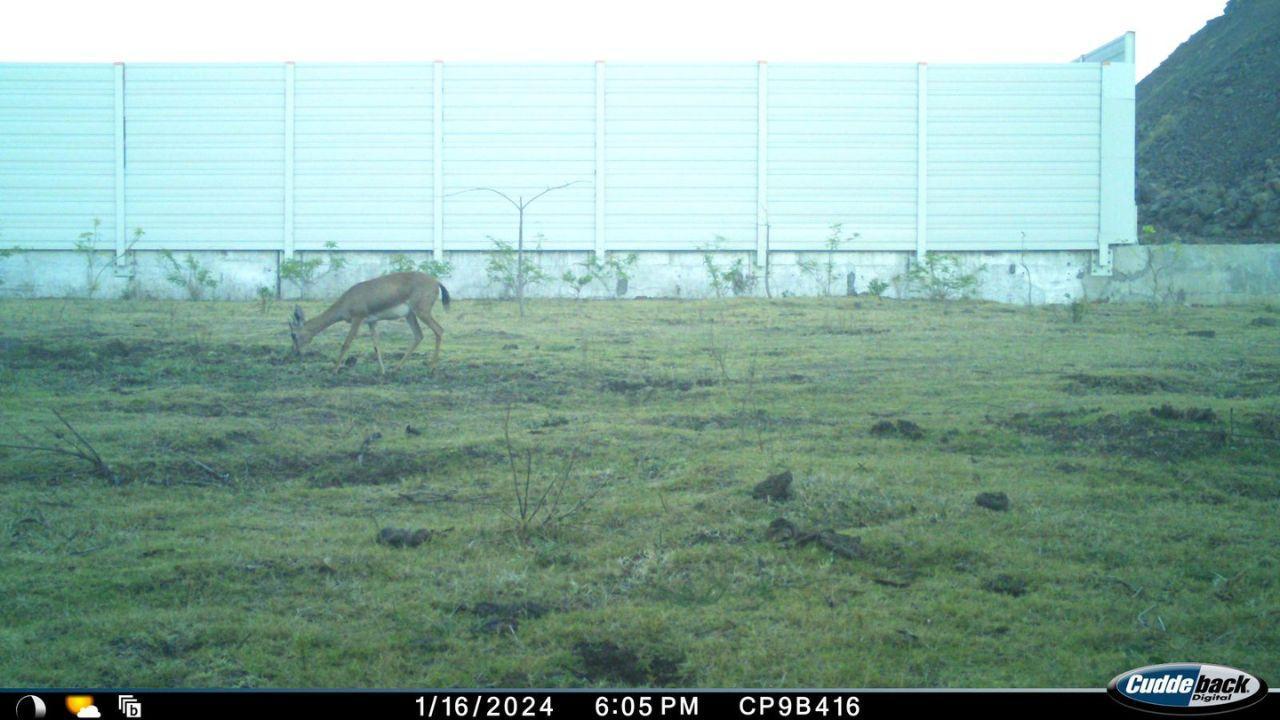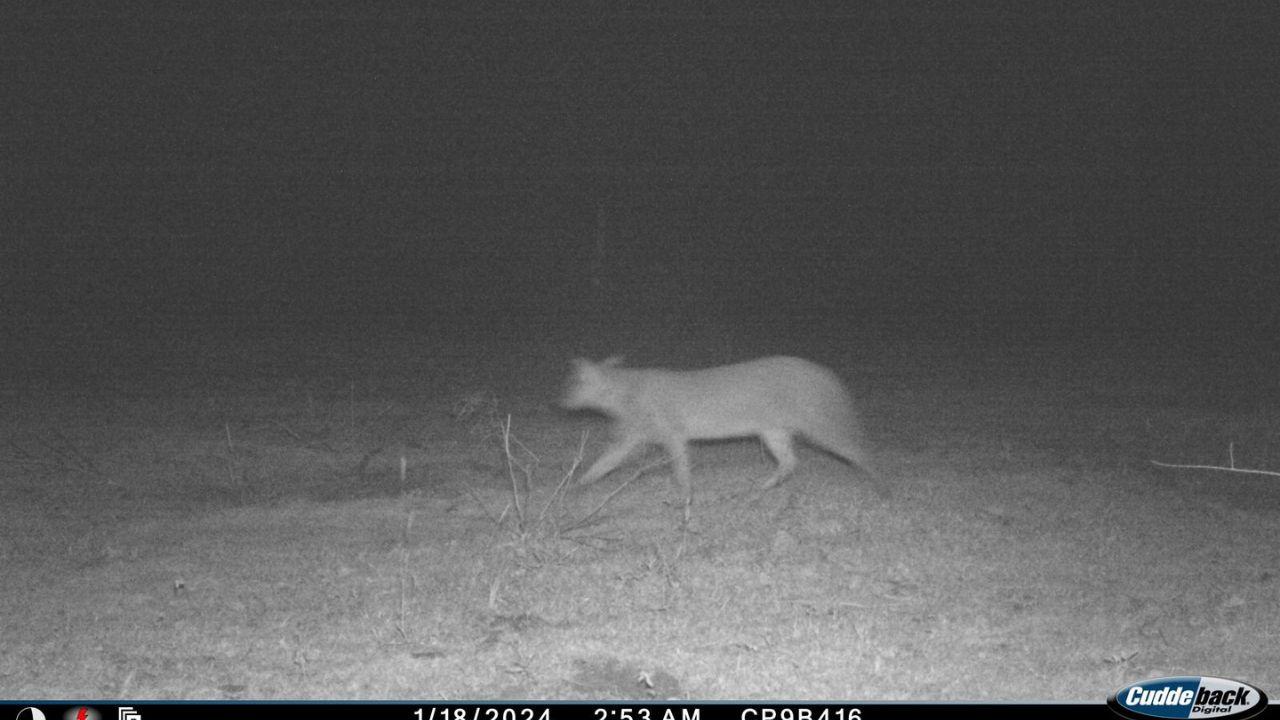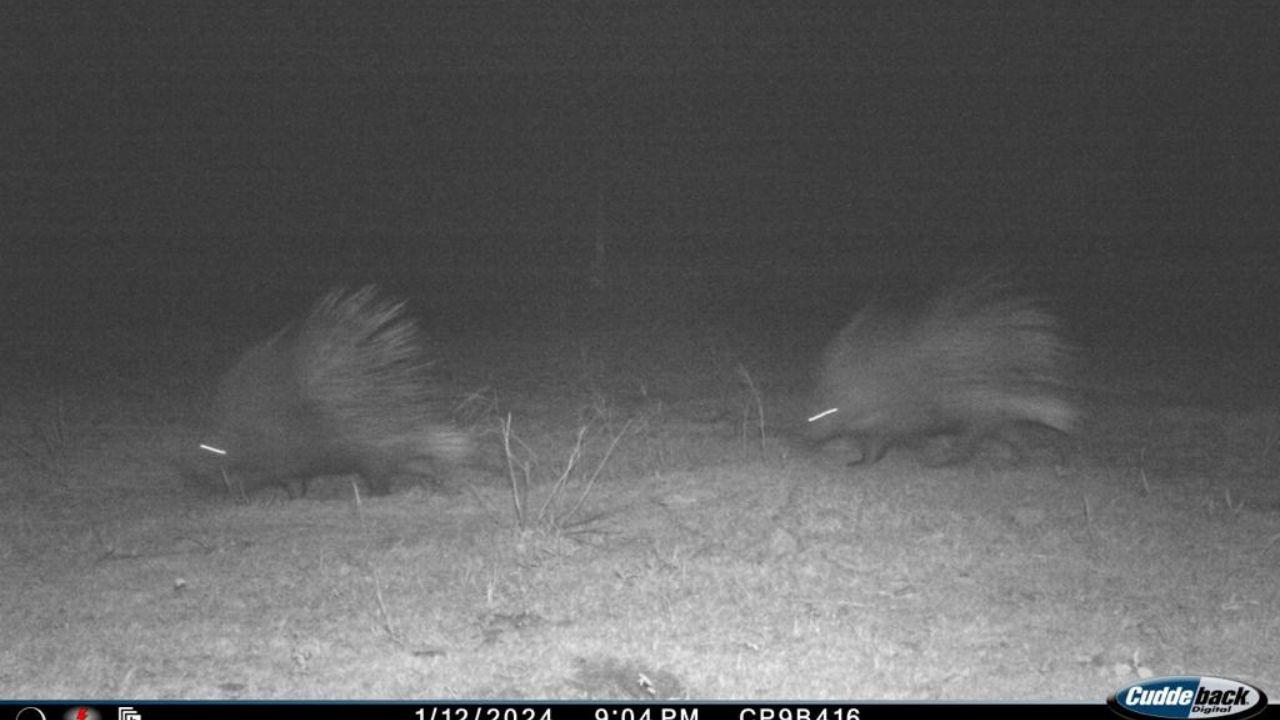Camera traps on wildlife crossing structures along Samruddhi Expressway captured diverse wildlife species in the area.

A deer spotted near Samruddhi Expressway/ sourced photo
The camera traps placed at wildlife underpasses and overpasses along the Samruddhi Expressway between Nagpur and Sinnar captured evidence of the diverse wildlife species inhabiting the area which included ungulates, small mammals and carnivores. Researchers claimed that these observations will significantly assist in assessing the effectiveness of wildlife mitigation measures along the Samruddhi expressway.
ADVERTISEMENT
The Wildlife Institute of India (WII) signed a year-long Memorandum of Understanding with Maharashtra State Road Development Corporation (MSRDC) to monitor the use of the mitigation measures on the expressway and began a monitoring study of the crossing structures earlier this year. The monitoring exercise is being carried out using camera traps to record wild animals using a total of 1797 mitigation structures of 11 types including wildlife underpasses and overpasses were constructed on sensitive stretches on the expressway. These included 7 wildlife overpasses, 17 wildlife underpasses and 2 tunnels within WFAs, in addition to those outside WFAs.
The WII said that the study will further analyse what structures are more efficient and which ones are not. With this aim, the monitoring team deployed 64 camera traps across the wildlife overpasses and wildlife underpasses along the expressway.
 Animals spotted near Samruddhi Expressway/ Sourced Photo
Animals spotted near Samruddhi Expressway/ Sourced Photo
The team spotted varied wildlife species including herds of large ungulates like Nilgai (Boselaphus tragocamelus), chinkara, and wild pig (Sus scrofa), smaller mammals like the Indian hare (Lepus nigricollis), Indian crested porcupine (Hystrix indica) and mongoose (Herpestidae), carnivores like a leopard (Panthera pardus) and grey langur (Semnopithecus entellus).
Samruddhi Expressway--a crucial project linking Mumbai and Nagpur--is a 701-km0long road passing through three varied habitat types which are dry deciduous forests near Nagpur, grasslands in the middle section and Western Ghats near the end of the expressway in Mumbai.
Notably, the expressway does not intersect any protected area, but it does pass through tiger corridors and habitats of multiple species like the Great Indian Bustard (Ardeotis nigriceps), Indian wolf (Canis lupus pallipes), blackbuck (Antilope cervicapra) and chinkara (Gazella bennettii).
It may be noted that time and again mid-day has been highlighting the accidents involving wild animals on Samruddhi Expressway.
"We are very happy to collaborate with the Wildlife Institute of India during the planning stage of the expressway to suggest mitigation measures. Now we have engaged WII to monitor the underpasses and overpasses for the next five years. We hope to generate information which will be critical for further improving the connectivity of the wildlife across the expressway. We have committed to making this highway beneficial both for people and wildlife in the region," said Vice Chairman and Managing Director of MSRDC, Dr Anilkumar Gaikwad.
Chief Wildlife Warden of Maharashtra, Maheep Gupta said that the initial results of the monitoring are encouraging and we expect more insights as the study progresses the results from this study shall help to implement mitigation measures across other highways in the state.
 Indian porcupine spotted near Samruddhi Expressway/ Sourced Photo
Indian porcupine spotted near Samruddhi Expressway/ Sourced Photo
Virendra Tiwari, Director Wildlife Institute of India said, "With mutual learning, we hope to make better decisions about the implementation of the mitigation measures. If development agencies join hands with conservation agencies at the planning stage, it will be easy to integrate the concerns of conservation into the development narrative. Together we can make a difference and Samruddhi Expressway is an example."
What do scientists have to say?
Dr Bilal Habib who is leading the study, said that Samruddhi Expressway is built in such a manner that it benefits ecologically and economically. "The highway is going to reduce travel time, amount of fuel spent, and pollution and also allows movement of animals across the landscape. The initial results of the monitoring are encouraging. The use of overpasses by species like Chinkara, Leopard and Porcupine is the first indication of acceptance of mitigation measures by wildlife which is specific to the region." Habib added
 Wild pig spotted near Samruddhi Expressway/ Sourced Photo
Wild pig spotted near Samruddhi Expressway/ Sourced Photo
The team is also concurrently conducting a bird count along the expressway. To date, data has been collected from 310 points. At intervals of every 500 meters, the team conducts point counts to enumerate bird species present in the vicinity.
"This systematic approach allows for a comprehensive assessment of avian diversity and distribution along the Nagpur-Mumbai Super Communication Expressway. We shall also monitor the light intensity and sound along the highway in the coming years," Habib further said.
 Subscribe today by clicking the link and stay updated with the latest news!" Click here!
Subscribe today by clicking the link and stay updated with the latest news!" Click here!








